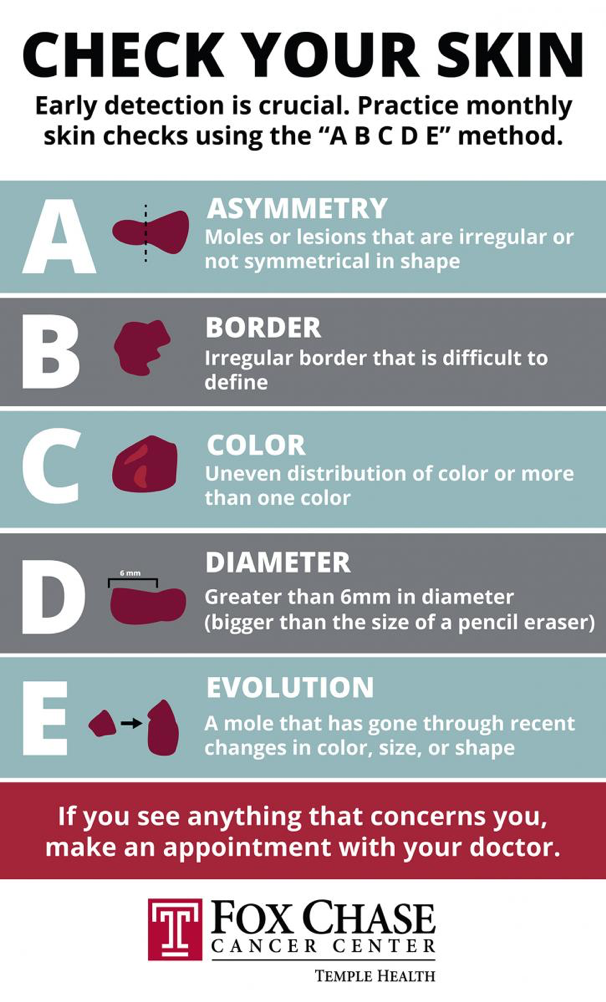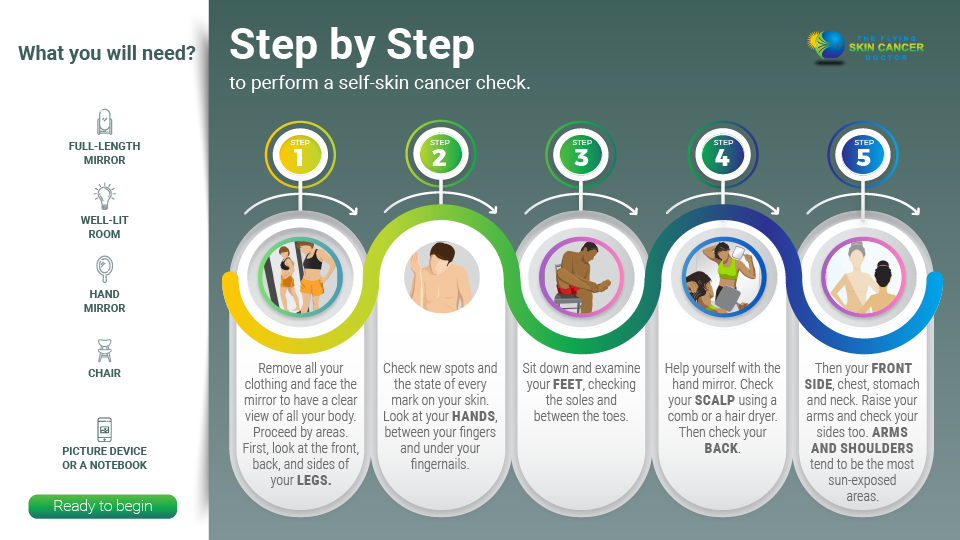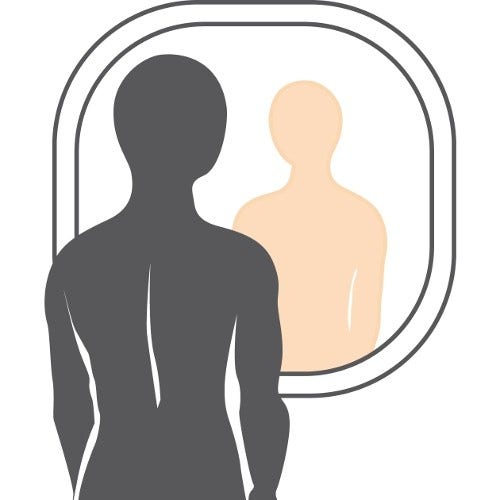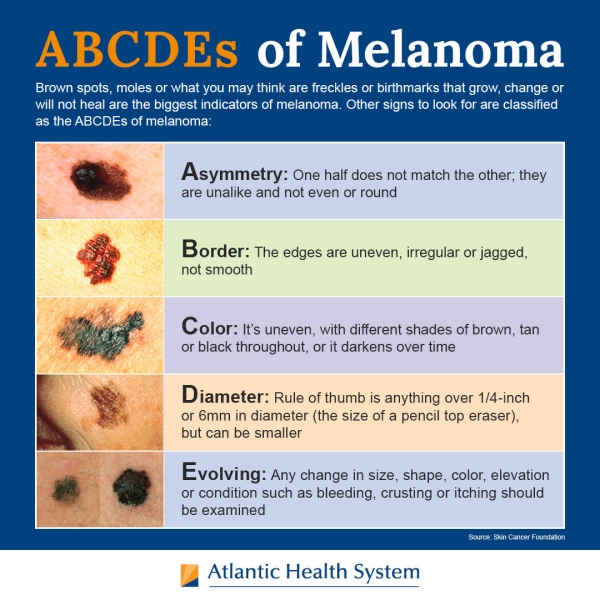How to Self-Check for Skin Cancer at Home

How to Self-Check for Skin Cancer at Home
As we age, our skin undergoes significant changes, and the risk of developing skin cancer increases. For middle-aged individuals, particularly those aged 40-55, regular self-examinations can be a lifesaver. Skin cancer is highly curable if detected early, making self-checks an essential part of your health routine. This article will guide you through a step-by-step process on how to perform a skin self-exam at home, highlighting what to look for and how to maintain healthy skin.

Why Self-Checks Are Important
Skin cancer is the most common type of cancer worldwide, with basal cell carcinoma, squamous cell carcinoma, and melanoma being the three main types. Melanoma, although less common, is the deadliest form of skin cancer and accounts for the majority of skin cancer-related deaths .5 .12. Early detection significantly improves treatment outcomes, making regular self-exams crucial.

Preparing for a Self-Exam
Before you begin, ensure you have the following items:
-
A well-lit room: Natural or artificial light helps you see your skin more clearly.
-
A full-length mirror: This allows you to view your entire body.
-
A handheld mirror: Useful for inspecting hard-to-see areas like your back and scalp.
-
A chair or stool: For sitting comfortably while examining your legs and feet.
-
A camera or notebook: To document any changes or new spots for future reference .3 .10.

Step-by-Step Guide to Self-Exam

1. Face, Ears, Head, and Neck
-
Use mirrors to inspect from all angles: Check your face, ears, and neck thoroughly. Don’t forget the underside of your chin and the back of your neck .2 .10.
-
Inspect your scalp: Use a comb or blow dryer to move your hair and expose your scalp. You may want to ask a friend or family member for help .2 .10.

2. Hands and Arms
-
Check palms and backs of hands: Look between fingers and under fingernails .10.
-
Inspect arms: Start at the elbows and scan all sides of your upper arms, including underarms .10.

3. Torso and Shoulders
-
Check your chest and abdomen: Lift your breasts to view the undersides .10.
-
Inspect your back: Use a handheld mirror to see your upper and lower back .1 .10.

4. Legs and Feet
-
Sit down and examine your legs: Check the front, sides, and backs of your legs .3 .10.
-
Inspect your feet: Look at the tops, soles, and between your toes. Use a mirror to see the soles clearly .1 .10.

5. Genital Area

What to Look For
During your self-exam, pay attention to the following signs:
-
New or changing moles: Any increase in size, change in color, or irregular shape .6 .10.
-
Unusual growths: Pearly, transparent, tan, brown, black, or multicolored spots .10.
-
Sores that don’t heal: Open sores that persist for more than three weeks .6 .10.
-
Itching, bleeding, or crusting: Any unusual sensations or changes in texture .6 .10.

The ABCDE Rule for Melanoma
The ABCDE rule is a helpful guide for identifying potential melanomas:
-
A for Asymmetry: If one half of the mole doesn’t match the other.
-
B for Border: Irregular, blurred, notched, or ragged edges.
-
C for Color: Multiple shades of brown, black, or patches of red, white, or blue.
-
D for Diameter: Larger than 6 mm (the size of a pencil eraser).
-
E for Evolving: Changes in size, shape, or color over time .







